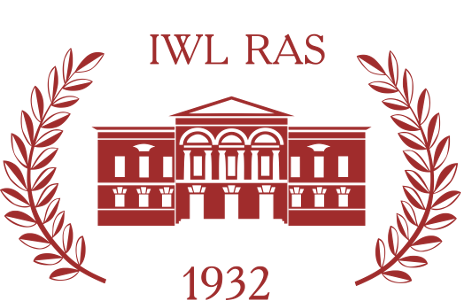Information about the author:
Nadège Langbour
Nadège Langbour, PhD, Associate Professor, C.E.R.E.d.I., University of Rouen, Department of Philology and Humanities, Lavoisier str., 76821 Mont-Saint-Aignan, France.
E-mail:
Abstract:
Pinocchio, the first and the most famous artificial character in children’s literature, was created by Carlo Collodi in 1881. The article analyzes the reasons for the character’s popularity in literature for children and youth, which appear to be found in the permanent development of the latter, both physical and psychological. At the same time, young readers to whom the text is addressed are also in the process of developing their self-identity. Based on analysis of the corpus of modern French novels for young people that involve hybrid beings (combining the properties of human beings and machines), the article explores intertextuality and philosophical foundations of the narrative (including the development of the concepts of “animal machines” by René Descartes and “human machines” by Julien Offray de La Mettrie), demonstrating a high didactic potential of such literature.


